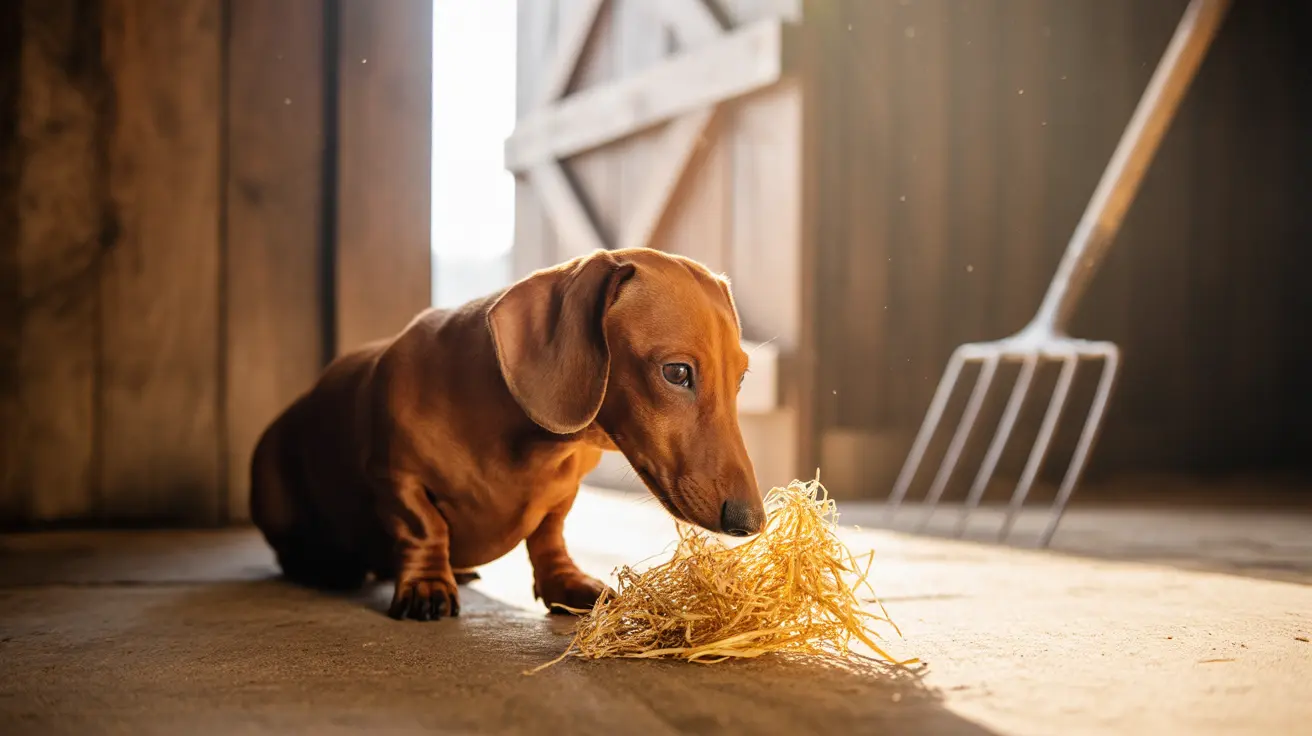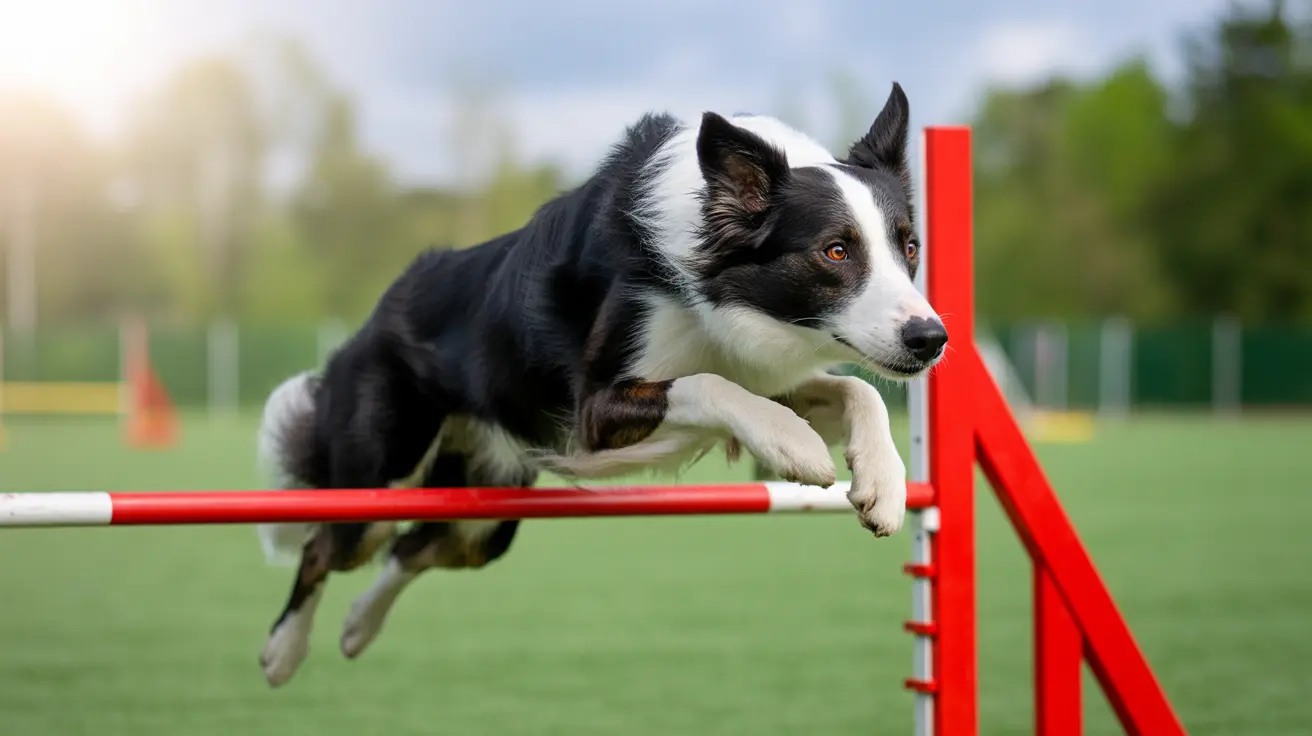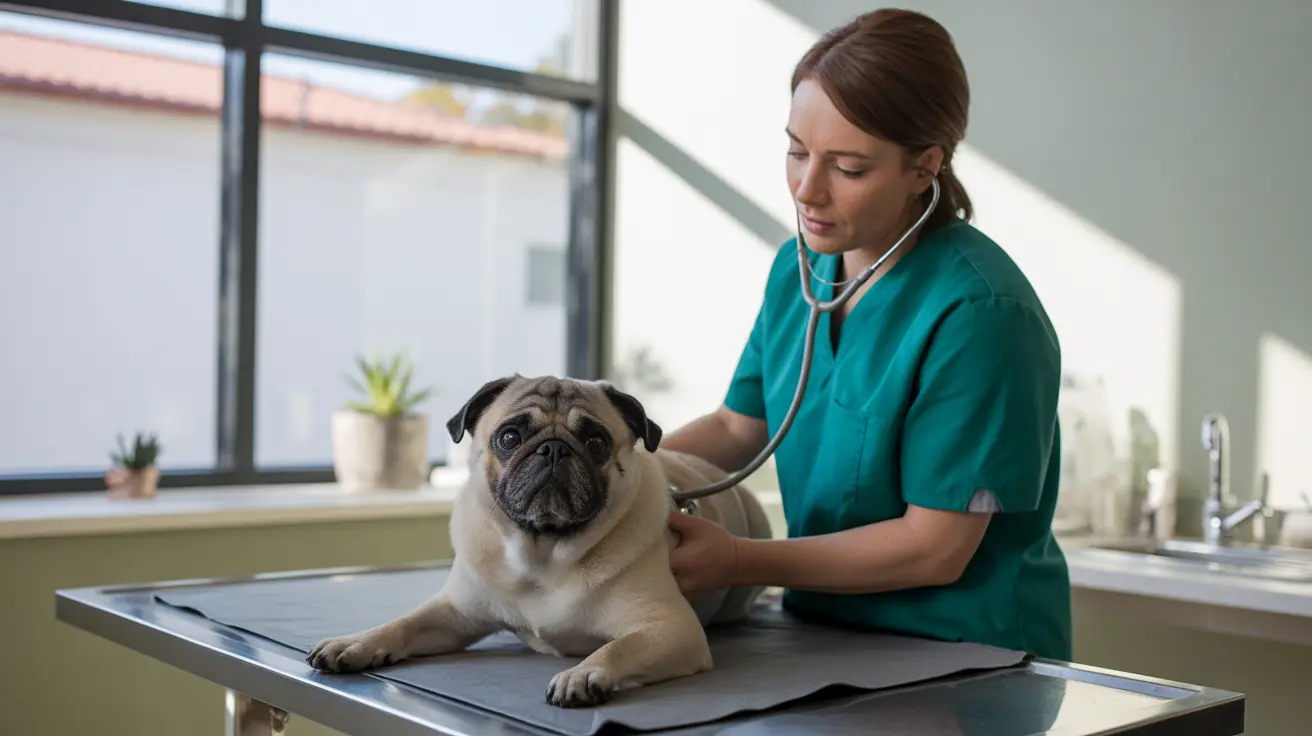As a pet owner, you may have wondered if it's safe for your dog to eat hay, especially if you keep other pets like rabbits or guinea pigs. While hay is a crucial dietary component for herbivorous animals, it's important to understand why it's not suitable for our canine companions.
In this comprehensive guide, we'll explore the risks and potential consequences of dogs eating hay, helping you make informed decisions about your pet's safety and nutrition.
Understanding Why Dogs and Hay Don't Mix
Dogs are primarily carnivorous animals with digestive systems designed to process meat-based proteins. Unlike herbivores, they lack the specialized digestive enzymes and bacteria needed to break down and extract nutrients from fibrous plant materials like hay.
Their dental structure and digestive tract are simply not equipped to handle hay effectively, making it not just unnecessary but potentially dangerous for them to consume.
Health Risks Associated with Dogs Eating Hay
Immediate Physical Risks
When dogs consume hay, they face several immediate health risks:
- Choking hazards due to hay's stringy nature
- Dental injuries from attempting to chew tough hay fibers
- Throat irritation or scratching
- Immediate digestive discomfort
Long-term Complications
Regular hay consumption can lead to more serious health issues:
- Intestinal blockages requiring surgical intervention
- Chronic digestive problems
- Nutritional deficiencies if hay replaces proper dog food
- Respiratory issues from hay dust and mold spores
What to Do If Your Dog Eats Hay
If you catch your dog eating hay, take these immediate steps:
- Remove access to hay immediately
- Check their mouth for any remaining pieces
- Monitor for signs of distress or discomfort
- Contact your veterinarian if you notice concerning symptoms
Prevention and Alternative Solutions
To keep your dog safe from hay-related risks:
- Store hay in secure, dog-proof containers or areas
- Provide appropriate chew toys and enrichment activities
- Maintain separate feeding areas for different pets
- Consider installing barriers between hay storage and dog areas
Frequently Asked Questions
Can dogs safely eat hay, or does it pose health risks?
No, dogs cannot safely eat hay. It poses significant health risks including choking, intestinal blockages, and digestive problems. Dogs lack the digestive system necessary to process hay effectively.
What are the signs that my dog might have an intestinal blockage from eating hay?
Watch for symptoms like vomiting, lethargy, loss of appetite, abdominal pain, and difficulty defecating. If you notice these signs, seek immediate veterinary care.
Why is hay not a suitable food for dogs compared to herbivorous animals?
Dogs are primarily carnivorous and lack the specialized digestive enzymes and gut bacteria that herbivores have to break down fibrous plant matter. Their digestive systems are designed for meat-based proteins, not hay.
What should I do if my dog accidentally eats a small amount of hay?
Monitor your dog closely for any signs of distress. While small amounts may pass through without incident, watch for choking, digestive issues, or blockage symptoms. Contact your vet if concerning symptoms develop.
Are there safer alternatives to hay for dog chewing or enrichment?
Yes, there are many safe alternatives including specially designed dog chew toys, dental chews, and interactive puzzle toys. Always choose products specifically made for dogs and approved by veterinarians.
Conclusion
While hay might seem harmless, it's clear that it poses significant risks to dogs and should be kept out of their reach. Focus instead on providing your dog with appropriate nutrition through quality dog food and vet-approved treats. If you have both dogs and hay-eating pets in your household, take extra precautions to keep your dog safe from accessing and consuming hay.






